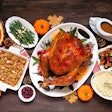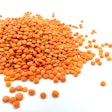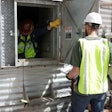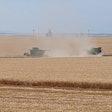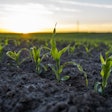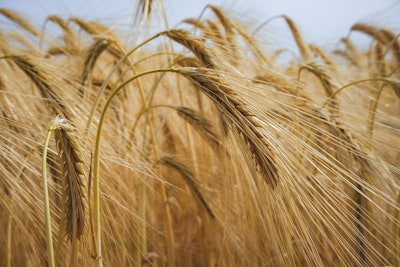
Global agricultural industries are set for further disruptions following Russia’s’ invasion of Ukraine in February.
As key suppliers of important agricultural commodities like wheat, corn, and barley, the war between Russia and Ukraine has caused disastrous consequences for agricultural markets worldwide, specifically the grain and feed sectors.
Increasing Volatility In An Already Volatile Grain Market
Due to the volatility of grain prices, low margins, and the unpredictability of supply at times, commercial grain trading remains one of the most challenging global markets.
The war in Ukraine has been no exception, as grain markets see further price increases. Ukraine is a significant exporter of milling wheat and feed grains to the global market, accounting for 30% of global wheat exports.
The stakes were higher this year than ever before, with Russia and Ukraine anticipating a 12% increase in global wheat exports. Despite the optimism of some Ukrainian suppliers at the beginning of the conflict, Henry Matthews, Senior Lecturer in Agriculture, warned that due to fuel, labor, and fertilizer shortages during the most vital period of the year, wheat production could plummet by 12 million tonnes.
Commodity prices had already increased by 55% prior to the invasion, as many people were concerned about what might happen. With the war causing so much geopolitical uncertainty, the global grain market is projected to remain highly volatile.
Impacts of Grain Market Volatility on Livestock Feed
The livestock feed sector has also struggled as a direct result of rising grain prices and supply disruptions.
Russia and Ukraine account for significant proportions of key components of livestock feed, including 28% of global wheat exports, 18% of corn exports and 30% of barley exports.
According to research conducted by the Ukraine Institute of Agrarian Economy, virtually all poultry, pork, egg, and beef producers in Ukraine are also suffering losses as a result of unusually high feed grain prices.
British pig farmers have also warned that the industry is in danger of collapsing since feed prices have already risen by 50% in a week. As a result, institutions such as the National Pig Association (NPA) have already urged retailers to pay more for pork in a desperate attempt to save many pork farmers from the brink of collapse.
The current scenario, according to Dr. John Rich, Chairman of the MHP, is "on a knife's edge," with the next several weeks vital for sowing wheat and other crops.
MHP can now sow crops in two to three weeks, but with Russian troops advancing by the day and already holding approximately 15% of Ukrainian territory, this may change shortly.
With such uncertainty surrounding the Russian army's progress, the price of wheat, corn, and other commodities is expected to rise further.
At a time of spiraling inflation and ongoing supply issues caused by COVID-19, the near future appears bleak for those in the sector.

Author Oliver Longworth is a content specialist at Primetics, a market-leading agriculture software provider in the United Kingdom. He has written extensively on the feed, grain, and seed sectors, as well as the evolving role of technology in these
industries.
Primetics, headquartered in Chorley, provides enterprise resource planning (ERP) solutions to the livestock feed, grain, and seed industries. Primetics is a leading developer of agribusiness software solutions, with its Gold system processing more than half of the grain harvested in the UK.








